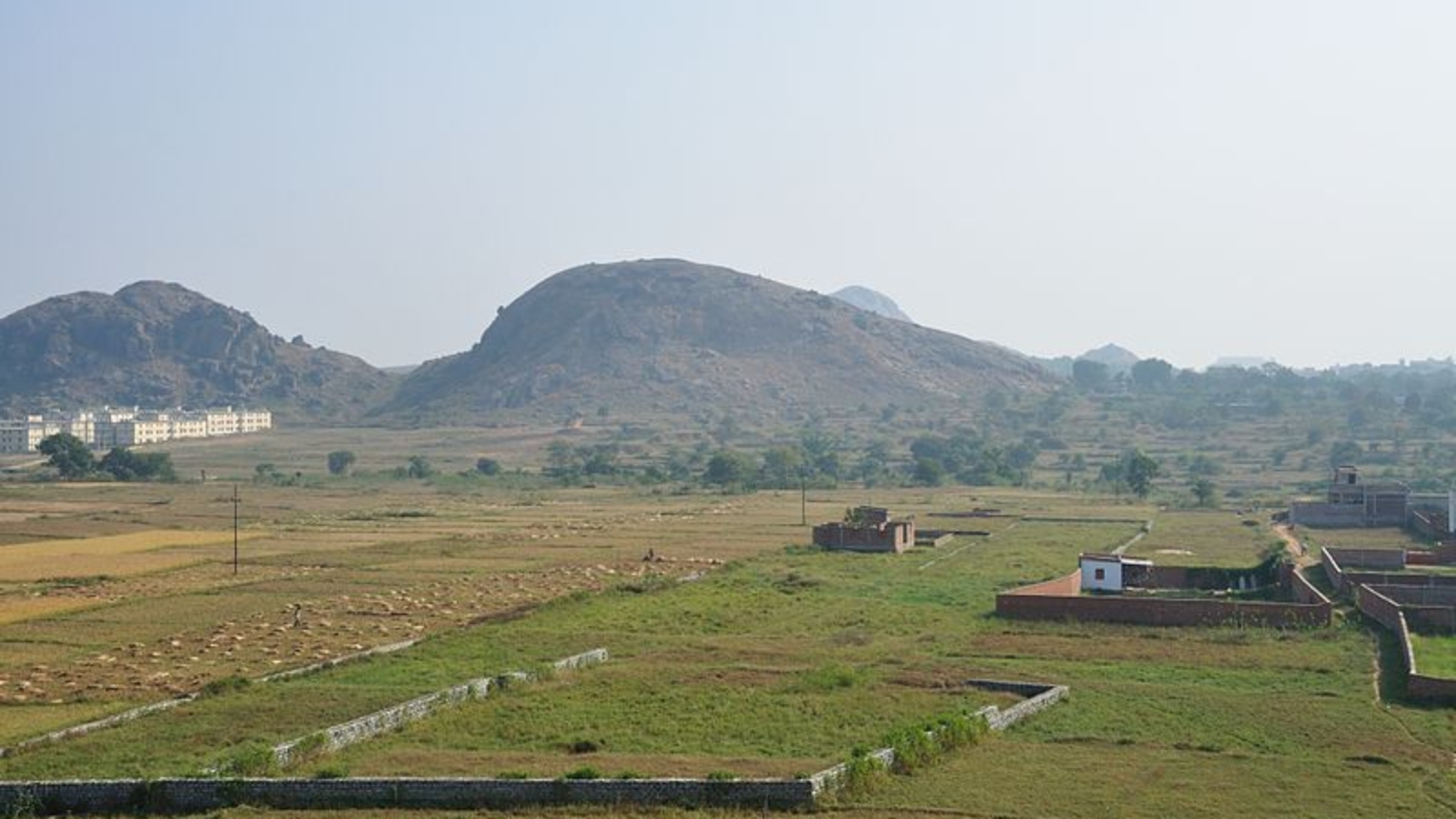In our Big Question feature, World Policy Journal asks a panel of experts to provide insight into the cover theme. The question for the winter 2017/2018 Native Voices issue is: How has migration affected Indigenous cultural and political identities? Below, Asoka Kumar Sen examines how Ho political identity in India developed in tandem with territorial expansion.
By Asoka Kumar Sen
Conventional historiography often associates migration with dislocation and distress. In one well-known example, Aryan expansion in India between 1000 and 600 B.C. drove Adivasis, Indigenous peoples of South Asia, from the Gangetic plains to the safety of the forest-hill-clad Chotanagpur plateau in the Indian state of Jharkhand. But the history of the Ho, one of the four major tribal communities of Jharkhand, diverges from this stereotype. Instead, for the Ho, who belonged originally to the dominant Munda group of Chotanagpur plateau, migration was a creative phenomenon. The Ho dispersed into the forested Kolhan-Porahat regions of Singhbhum district of modern-day Jharkhand after the 10th century, leading to the formation of a territorial identity around this homeland, or Ho-desum.
On the eve of Ho immigration, Singhbhum was under the political control of the Porahat dynasty, and some parts of the district were dominated by the Saraks, a community of lay Jains, and the Bhuiyan tribe. Initially, the migrant Ho groups founded their settlements in north Singhbhum. They gradually spread across the forested tracts and displaced the Saraks and Bhuiyans from their villages. The Porahat dynasty was later weakened after the creation of the independent chiefdoms of Seraikela and Kharsawan in 1620, creating a political vacuum in the region. As their numbers gradually rose, the Ho took advantage of these favorable political conditions to build new settlements in central and southern Singhbhum. A small group ventured into the adjacent forest tracts and chose suitable territory to erect huts and prepare arable land. They then invited related killis (clans) and distributed land among them. Village-making began with the selection of the Munda (village head) and Deori (village priest), as well as the demarcation of a part of the primeval forest as the Sarna (sacred grove). A village was traditionally believed to be owned by the killi that had formed it, but settlements soon expanded with the entry of other killis and communities. Population pressure and occasional squabbles among killis would then prompt individuals to carve out a new home in the neighboring forests. A killi-dominated grid of satellite villages formed, and over about 800 years the Ho community gradually spread into all parts of south Kolhan. Ho territorial movement replicated a pattern followed by other Adivasi communities in Jharkhand. Starting in an original village, they spread across the adjacent woodland and thus established a larger area of control. In the case of the Ho, the notion of the parent village was killi-centric, rather than comprising the entire community, as was the case among the Munda and Oraon, the other two major Indigenous inhabitants of Jharkhand.
Due to their numerical power, and backed by their bow-and-arrow and battle axe-clad social militia, the Ho (also known as the Kol) dominated the territory. Non-tribals derisively called it Kolhan (the land of the pig eaters), while the Ho hailed it as their homeland, or Ho-desum. Between 1770 and 1800, they thwarted the attempts of the Rajas of Chotanagpur, Singhbhum, and the chief of Bamanghatty in Orissa to conquer their land. The military power of the Ho earned them the nickname Larka Kol (Fighting Kol); Kolhan became terra incognita for non-tribals and E. Roughsedge, the general leading the British army against the Ho in 1819-20, equated Kolhan with a “tiger’s den” due to the ferocious resistance he encountered from the Ho.
With the creation of a homeland, the Ho emerged as a distinct ethnic community with their own dialect, customs, and dress. What was once a migratory community transformed into an agro-rural one, with an administrative body headed by the Munda in each village and a worldview woven around a close affinity to nature. Dispersion across southern Singhbhum paved the way for the Ho’s emergence as an influential and distinct Indigenous community in Jharkhand between the later part of the 17th century and first two decades of the 19th. Kolhan-Porahat became the Ho’s politico-cultural bastion, and this connection to the territory eventually triggered the movement for statehood in Singhbhum that facilitated the creation of the state of Jharkhand in 2000. Furthermore, the history of Ho migration serves as a counterpoint to the prevalent mythology of tribals as a minor and marginalized group of people and underlines the Ho as a major political force in the history of Singhbhum. This legacy is often appropriated in contemporary Ho assertions of territorial identity and claims of right over their Jal-Jungle and Jameen—water, forest, and land.
* * *
* * *
Asoka Kumar Sen is an independent researcher of Adivasi history and editor of the Journal of Adivasi and Indigenous Studies.
[Photo courtesy of Biswarup Ganguly]